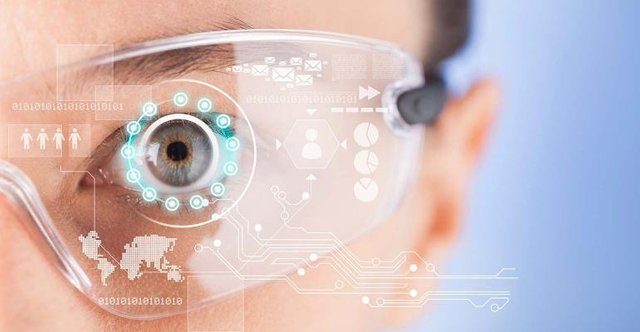Everything You Need to Know About AR
For those who never heard about AR, first let me tell you about this. According to what I have read,
What is AR?
If you use search engine (such as Google, Bing, etc), you will find that AR is abbreviation for Augmented Reality — is the integration of digital information (by computer-generated sensory input such as sound, video, graphics or GPS data) with the user's environment in real time. Unlike virtual reality, which creates a totally artificial environment, augmented reality uses the existing environment and overlays new information on top of it.
AR is poised to disrupt both desktop & mobile computing — and when it does, the world will look like a very different place.
Recent History of AR
Ivan Sutherland developed the first head-mounted display system in 1968 to show users simple wireframes.
More innovation followed, but it wasn’t until 45 years later, in 2013 that the world would get its first big look at AR: Google Glass.
Glass failed miserably as a consumer product, due to its hefty price-tag, lack of functionality. It wasn’t until the launch of Pokemon Go in 2016 that AR became front and centre in a consumer app.
Mobile AR
Mobile isn’t the optimal platform for AR. It remains to be seen how many useful applications emerge on it, but it’s important because it represents a commitment by the world’s largest companies in the world to the technology, and the building of a foundational OS / developer ecosystem that can naturally transfer to a glasses based solution in the future.
AR Through Glasses
AR’s natural evolution leads us towards a contact lens, and prior to that, a normal looking (magically powered) pair of eyeglasses.
2D to 3D Computing
Between Microsoft’s updates on Hololens, and the announcements of Facebook Camera Effects, Google Lens, and Apple’s ARKit, this past two months represents an extremely important shift in the history of human computer interaction.
Recent advancements in virtual reality have begun the transition of entertainment (film & video games) to three dimensions, and soon AR will begin influencing every other way we interact with computers.
Other AR Companies
A few big names to be aware of: Nvidia (GPUs), Leap Motion (hand-tracking), Blippar (authoring & publishing), Meta (HUD), Doppler (smart earbuds), and Eyefluence (eye-tracking, acq. by Google).
Technology exists for the needs of human life. Use it wisely.





Ar was first come in Microsoft hololens and google glass. Now many smartphone support tizen os that was ar ready.
Thanks for the information.
nice post buddy
Thanks brother
Hi! I am a robot. I just upvoted you! I found similar content that readers might be interested in:
https://medium.com/swlh/everything-you-need-to-know-about-ar-in-5-minutes-8d33b5a8f2e5